Every year, many plants are in a hurry to report the onset of spring. Alder can also give a good tip to summer residents. A photo of this tree allows everyone to understand how beautiful it can look at this time of year. Alder is decorated with smooth bark, and its rounded leaves retain their green color until the first frost.
Content
Alder tree: description
This tree has very lush crown, however, it is still somewhat sparse due to the fact that the branches are unevenly located. When the snow has not yet melted everywhere, alder is already signaling the onset of spring with might and main, which is manifested in its active flowering. Therefore, it is enough to know when alder blooms to understand that winter is beginning to lose its strength.
Moreover, the wind helps her to get ahead of many other plants by entering the flowering phase, thanks to which her pollination occurs.
When alder begins to bloom, it is decorated with beautiful earrings, which are divided into women and men. If during formation they look habitually green, then at the stage of maturation they become reddish-brown.
Women's earrings rather small and reach a length of about 1 cm, hang on branches in groups of up to 8 pieces, a sign of their ripeness is the acquisition of a woody shell. In this regard, male earrings have their own differences: they grow on branches by 4-5 pieces, differ in rather large sizes, having a length of 5-9 cm. The appearance of leaves occurs only after the end of flowering alder.
Small green cones serve here as fruits. Moreover, the latter also differ from each other: some grow wingless, others are filmy or leathery. Throughout the winter, the cones are in a closed state, but already with the onset of March, they open, as a result of which the seeds fall into the soil. They reach the stage of maturation only at the end of autumn. Alder leaves are a very useful fertilizer because they contain a lot of nitrogen.
Alder as part of a natural complex
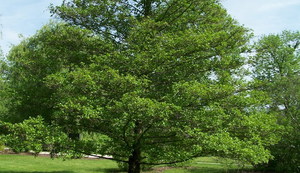 On average, these trees grow for about 100 years... Although there are also centenarians who can delight with their appearance for 150 years. Their favorite places of growth are areas with moist soil. Therefore, alder can often be found on the banks of various bodies of water.
On average, these trees grow for about 100 years... Although there are also centenarians who can delight with their appearance for 150 years. Their favorite places of growth are areas with moist soil. Therefore, alder can often be found on the banks of various bodies of water.
With a combination of favorable factors, thickets - alder groves can form. In the northern regions, alder grows as a coniferous tree. In the south, it has an extremely small representation, which is why it is part of mixed forests along with oak and beech. Also, this tree feels great with other representatives of forests - birch, spruce, oak, linden and aspen.
Alder can be used not only for decorative purposes, but also interesting as a honey plant. During its development, it forms buds and leaves rich in resinous substances, which are used by bees as raw materials for the production of propolis.
You can also find a use for dry alder leaves, because they can be used as feed for livestock.
Black alder: deciduous tree
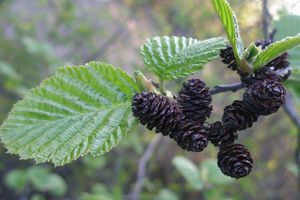 Although this tree includes many species, however, among them you can most often find black alder, which is so called because of the corresponding color of its bark. This tree is also mentioned in Greek mythology, where it often appears on fire festivals, symbolizing the onset of spring. Alder is a light-loving plantand it is also very responsive to moisture. If it is planted in humid places, then alder swamps can form there. However, standing water is destructive for her.
Although this tree includes many species, however, among them you can most often find black alder, which is so called because of the corresponding color of its bark. This tree is also mentioned in Greek mythology, where it often appears on fire festivals, symbolizing the onset of spring. Alder is a light-loving plantand it is also very responsive to moisture. If it is planted in humid places, then alder swamps can form there. However, standing water is destructive for her.
Black alder grows rather quickly in a year. Adult plants can grow up to 20 m. With its flowers, it pleases before other trees, since they appear already in April. The situation is somewhat different with fruits that reach maturity only at the end of the next spring.
Unlike other species, black alder requires special care... This variety is protected in many countries - Moldova, Kazakhstan and certain regions of Russia. Black alder is often used to create landscape design for parks and squares. It can also be used for planting along water bodies in order to strengthen the banks. She copes with this task perfectly, since it has a widely branched root system.
Beauty with brown earrings
Gray alder is one of the fairly common species of the birch family. It stands out for its large size, since it can grow up to 16 m. For its planting, they choose the banks of reservoirs and ravines that are threatened with destruction. To obtain planting material, you can use young growth, cuttings or seeds.
The trunk of this tree has a characteristic gray color, the leaves also look, brown earrings act as a decorative part. Therefore, seeing a tree that has these characteristics, know that you have an alder in front of you. This plant is valued by many for its ability to withstand severe frosts and thrive in nutrient-poor soils and wetlands.
Scope of application
Alder is valued not only for its attractive appearance, as it has a lot of other useful properties.
In decorative arts
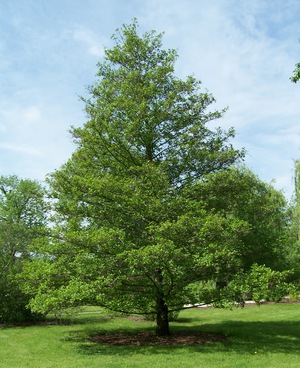 Alder grown from young seedlings growing pretty fast, this often leads to the appearance of wild thickets. At this stage of the life cycle, it has a uniform wood structure that is easy to handle. Because of this, it is often used in industry.
Alder grown from young seedlings growing pretty fast, this often leads to the appearance of wild thickets. At this stage of the life cycle, it has a uniform wood structure that is easy to handle. Because of this, it is often used in industry.
Alder is one of the most popular materials for artistic carving. It is used in the manufacture of carved tableware, decorative panels and sculptures. As a result of wood processing by dry distillation, coals can be obtained that are highly valued by artists. Specimens whose trunks are decorated with beads are of particular importance in decorative terms.
In folk medicine
This tree is also prized as a remedy for many diseases. Alder cones, leaves and bark have beneficial properties, rich in tannins... Effective medicines are decoctions and tinctures based on cones and alder bark, since they have an astringent, anti-inflammatory, disinfectant, antibacterial and hemostatic effect.
- if there is a purulent wound, then it is enough to attach a leaf of a black alder tree to it, and very soon it will heal;
- vodka infusion of earrings can help people who suffer from hemorrhoids and constipation;
- to combat diathesis and eczema, a decoction of flowers is used, which must be prepared at the very beginning of flowering.
You can restore the natural intestinal microflora after a course of antibiotics with a decoction of alder cones. Also, this tool helps to cope with diseases of the gastrointestinal tract. It is often used for such conditions., as:
- inflammation of the nasopharynx and throat;
- cold;
- angina;
- pharyngitis.
In order to stop nosebleeds, it is helpful to keep tampons made from fresh alder leaves in it. Traditional healers recommend taking a decoction to combat gout, arthritis and joint pain.
An effective remedy is dry baths, which are prepared on the basis of freshly picked leaves.
- they should be heated in the sun or in an oven, and then they are laid on the bed and allowed to lie on them for the patient. You can also cover the affected areas of the body with heated alder leaves, and wrap it with a warm blanket on top. In this case, the effect will be maximum if such a procedure lasts at least an hour;
- This remedy works even better if the leaves are heated in a deep tub, in which the patient must then be placed up to the neck. In the same way, they fight ailments using birch leaves.
When visiting a bath, it is very useful to use alder brooms, which have a cleansing, disinfecting, tonic effect, and are also capable of filling the body with energy.
In production
 The simplicity in processing alder wood has led to the fact that its often used in industry... Various operations can be carried out on it, including polishing, varnishing and staining. Also, this tree retains an integral structure when screwing into it screws. Changes can be observed when nails are hammered, which manifests itself in the flaking of wood.
The simplicity in processing alder wood has led to the fact that its often used in industry... Various operations can be carried out on it, including polishing, varnishing and staining. Also, this tree retains an integral structure when screwing into it screws. Changes can be observed when nails are hammered, which manifests itself in the flaking of wood.
Drying alder does not affect its properties in any way: it takes a minimum of time, and during this operation there are no defects in the form of warpage or cracks. This feature has made alder one of the most preferred materials for making musical instruments and accessories.
Collecting and harvesting cones
A favorable moment for harvesting cones comes at the end of autumn. Moreover, you can continue to collect them until March. The process of collecting cones itself has its own characteristics: first you need to carefully cut the ends of the branches with cones with pruners, and then fruits are plucked from them... The cones that lie on the ground do not have the required properties, so they cannot be used. After harvesting, the cones are laid out in an even layer under a canopy or in the attic, where air must be provided, where the drying procedure is carried out. If it is warm enough outside, then you can dry the fruits in the open air, remembering to stir them from time to time. With proper drying, buds retain their beneficial properties for three years.
Conclusion
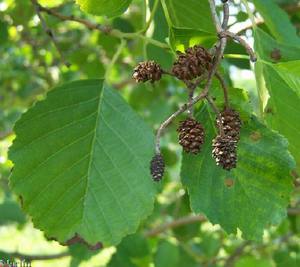 Few of us are familiar with a tree like alder, and in vain. After all, she is one of the first to signal the onset of spring, starting early flowering even at a time when all the snow has not yet melted. At this stage of its development, the tree forms beautiful earringswhich give it even more decorative properties. However, alder looks most attractive when buds appear.
Few of us are familiar with a tree like alder, and in vain. After all, she is one of the first to signal the onset of spring, starting early flowering even at a time when all the snow has not yet melted. At this stage of its development, the tree forms beautiful earringswhich give it even more decorative properties. However, alder looks most attractive when buds appear.
Although in this case you will have to be patient, since they are formed only next spring. But alder is of interest not only because of its decorative properties, because it is often used to make effective drugs for the treatment of diseases. Wood is used in industry, because it easily tolerates various types of processing without becoming covered with any serious defects.
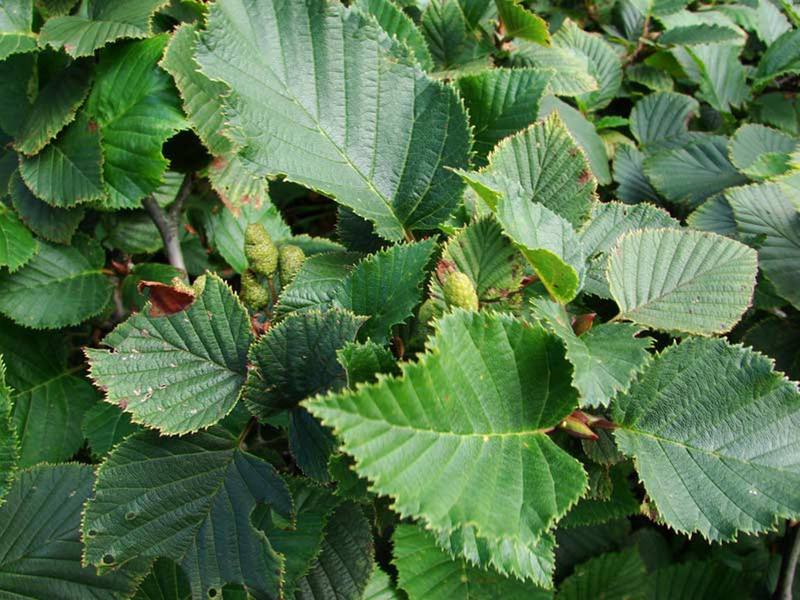
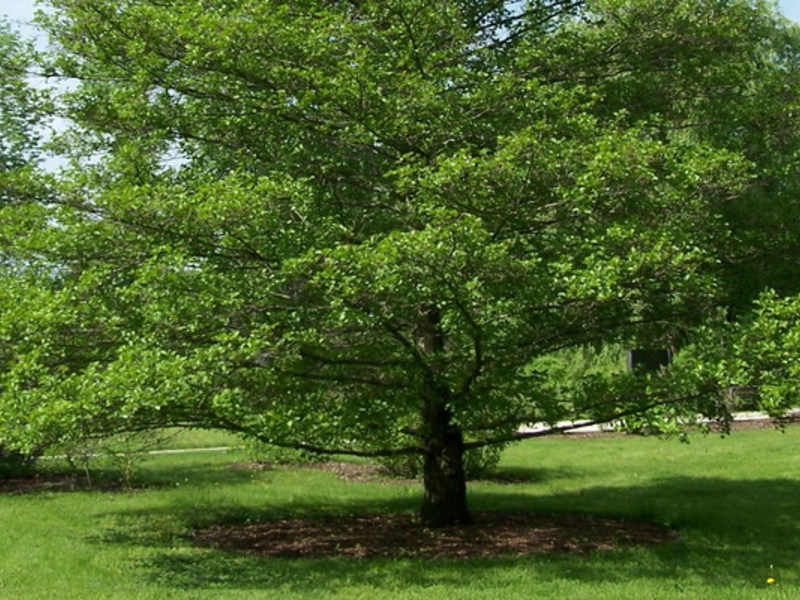
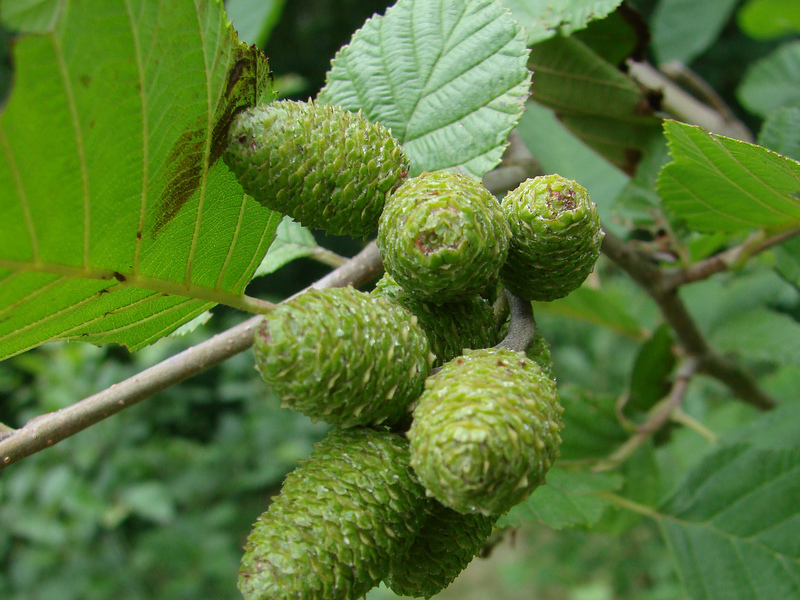

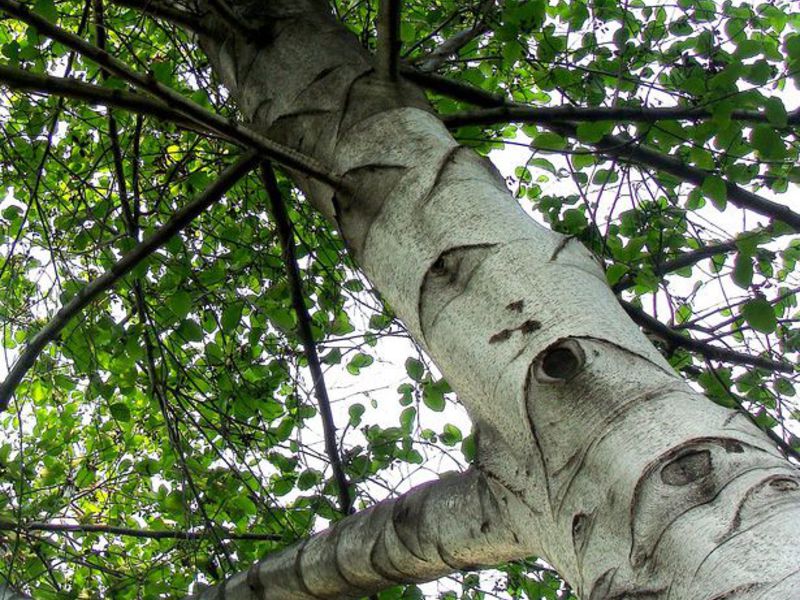

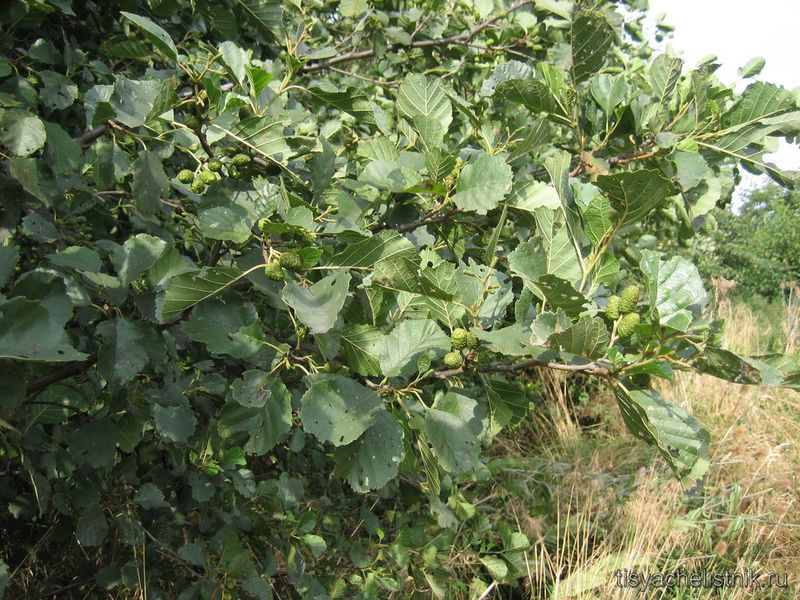

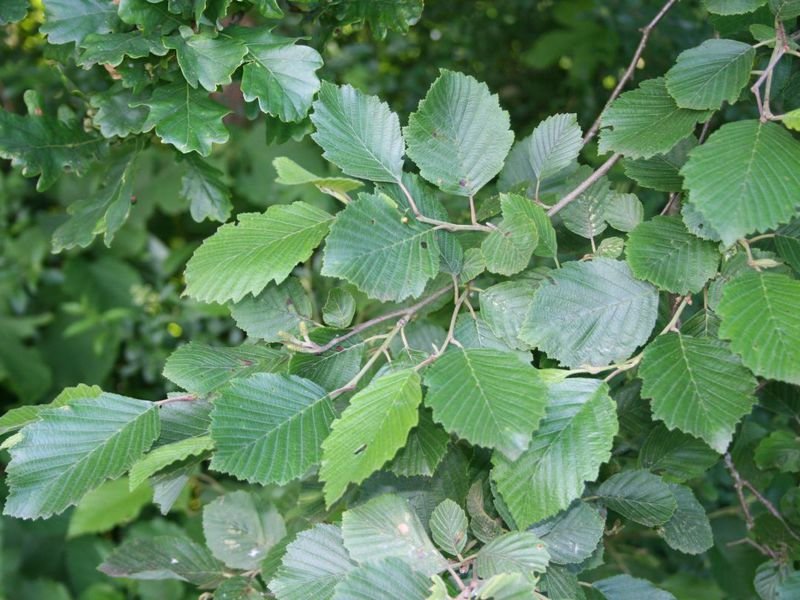
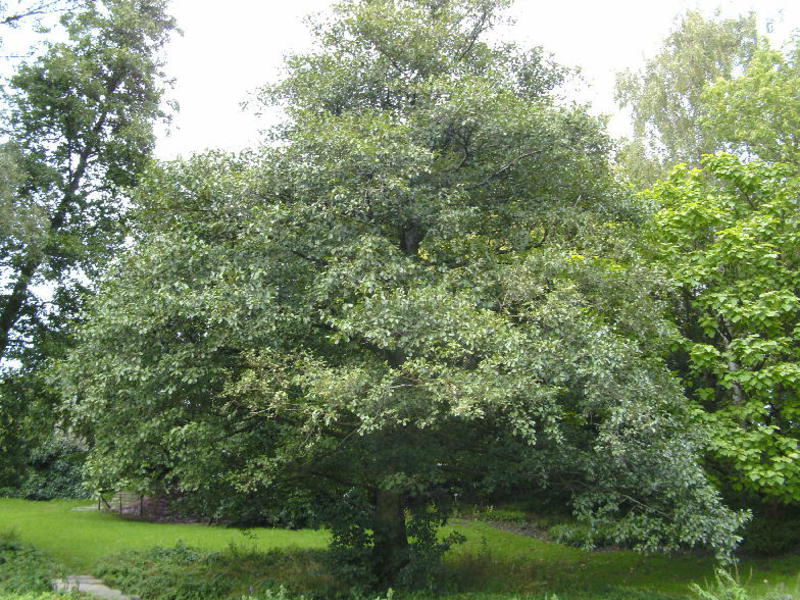
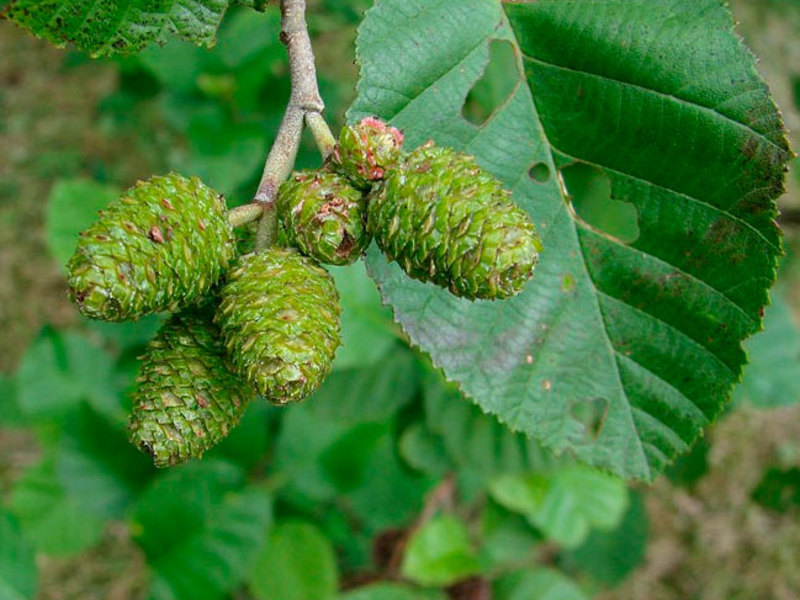
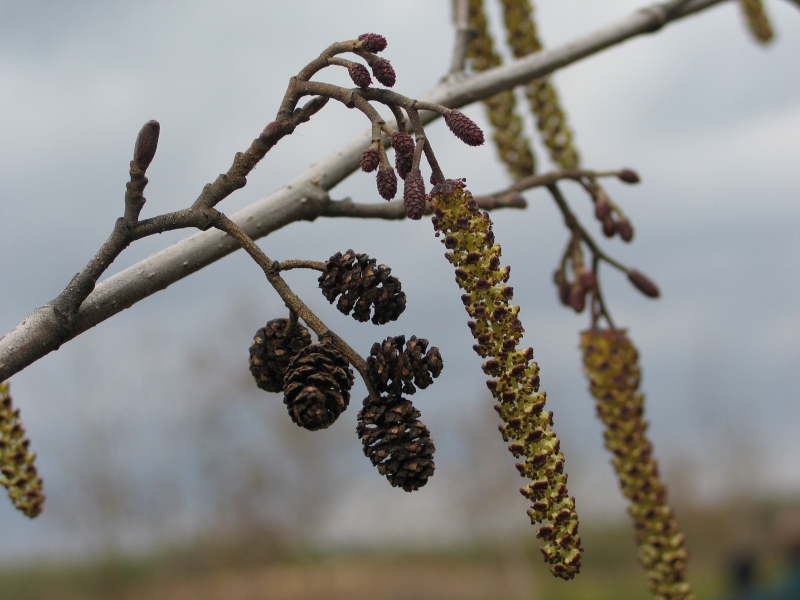

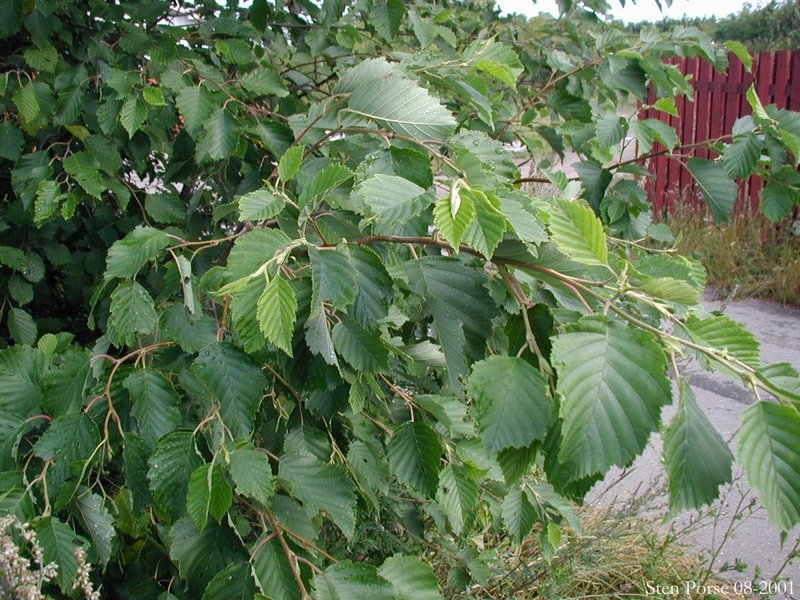
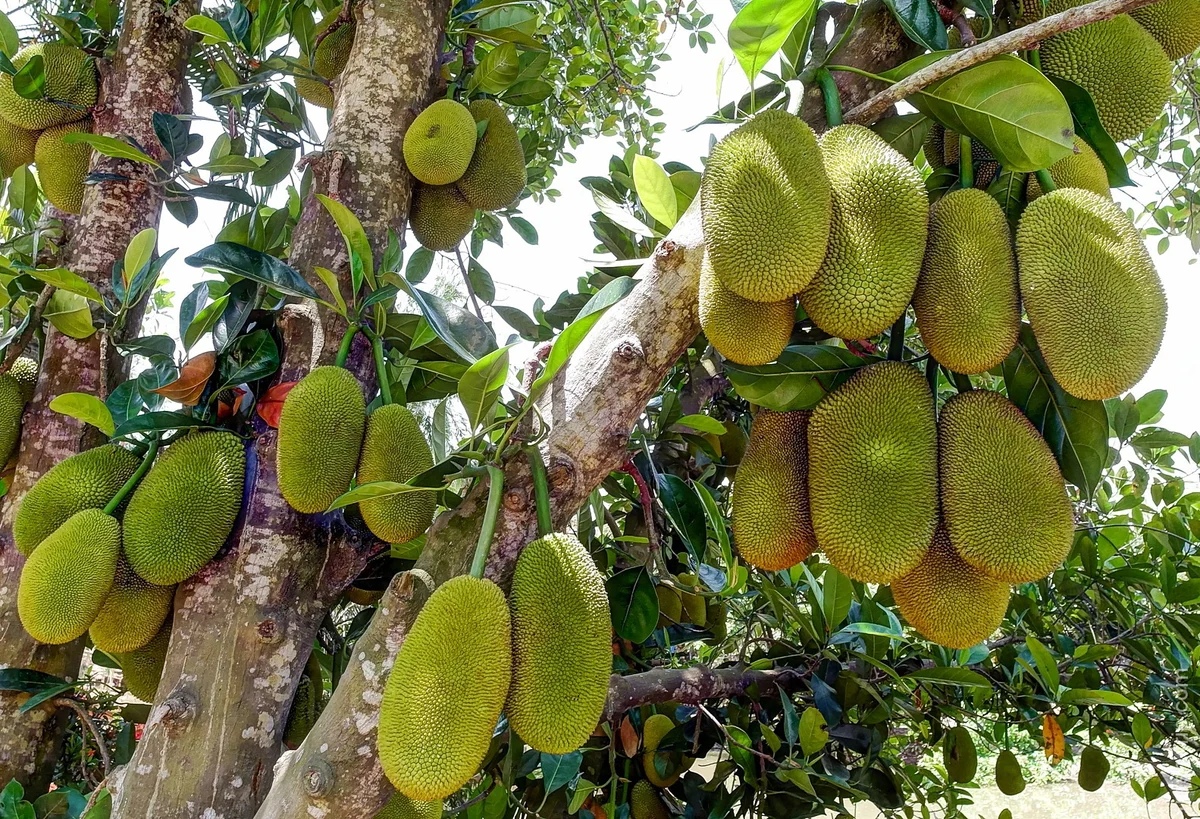
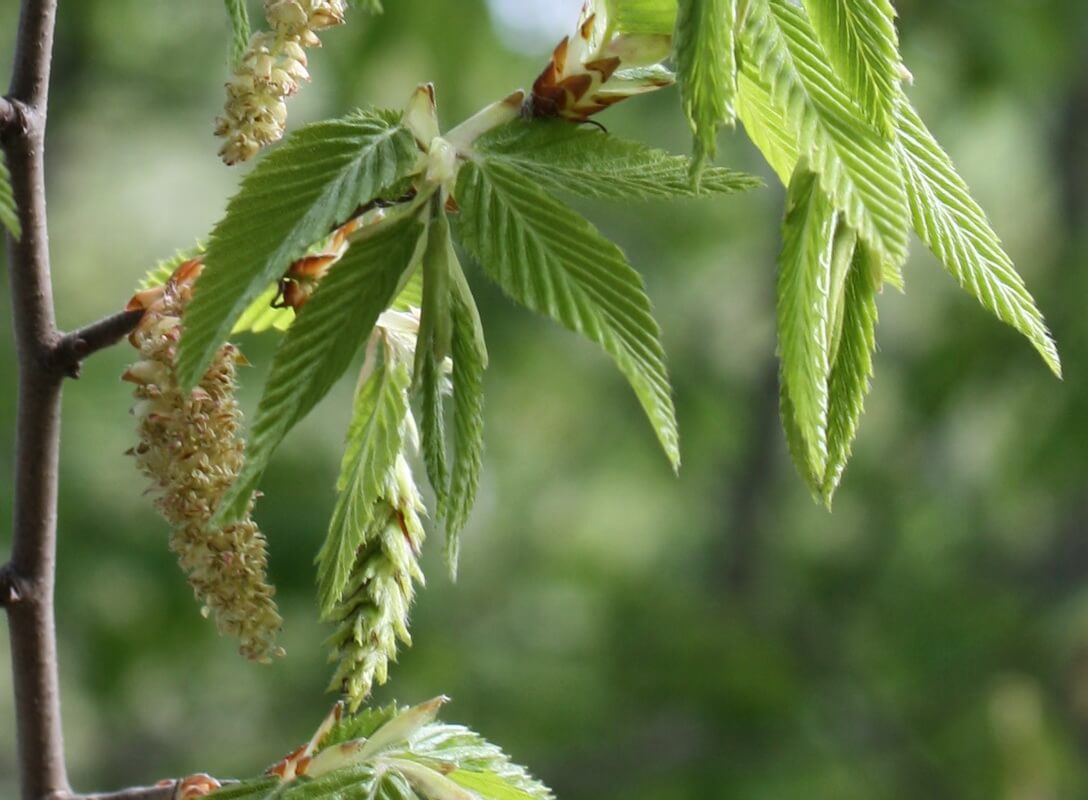
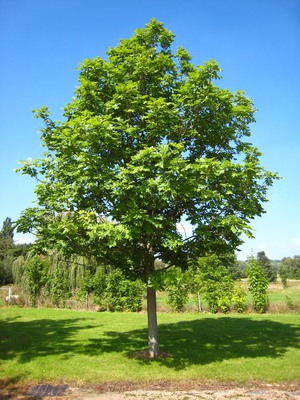
1 comment